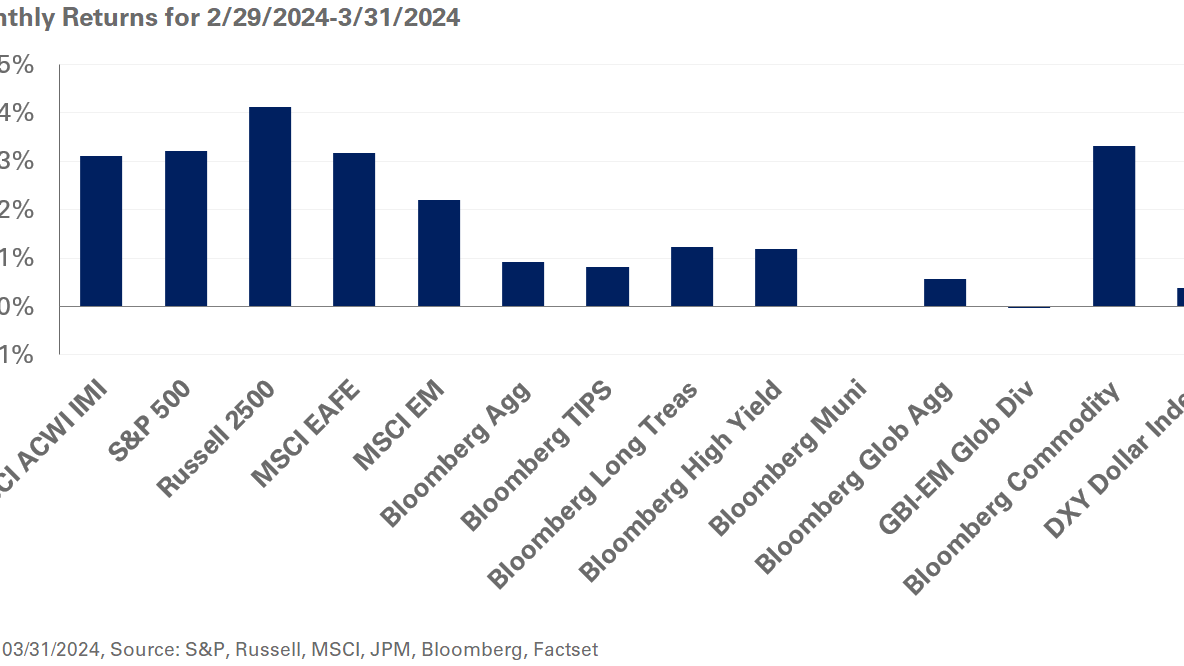The Federal Reserve recently cut rates for the first time in over 10 years, lowering the target range by 25 basis points to 2.00%-2.25%. While the market overwhelmingly anticipated the cut, it represents a departure from the Fed’s stated data-driven approach. Typically, a rate cut by the Fed implies underlying economic weakness, but the current outlook for the US economy remains favorable with the unemployment rate hovering around a 50-year low, stronger-than-expected growth, and steady consumer spending despite concerns around global trade.
At NEPC, we view the Fed’s move as a temporary deviation from their dual mandates to keep inflation stable and employment high. However, we acknowledge the likelihood of additional rate cuts later this year, given the recent inversion of the US Treasury yield curve, which spooked equity markets. That said, we believe the lack of weakness in any specific underlying data points implies that the economic expansion will likely continue for the foreseeable future – reinforcing our view that the US economy is in the late-stage of an economic cycle. To this end, we continue to advocate for the reduction of lower-quality credit with a bias towards shorter-duration fixed income given minimal compensation for duration and interest rate risks farther out on the yield curve.
The idea of a data-driven Fed came about in the aftermath of the Financial Crisis when the central bank shifted towards a more transparent and methodical approach to monetary policy. Since that time, the Fed has adhered to this mandate: adjusting interest rates and the balance sheet as economic conditions warrant.
Given the Fed’s departure from this strategy and minimal apparent weakness in economic data, we explore possible rationales for the recent rate cut:
- With a relatively sanguine backdrop, the Fed capitalized on an opportunity to incorporate an insurance cut, to offset against potential economic concerns such as trade disputes and slowing global growth. The preemptive action is aimed at keeping the current expansion on solid footing for as long as possible.
- After raising rates four times in 2018, the cut is an implicit admission of overtightening of financial conditions. As such, reducing rates in a relatively strong economy may help to recalibrate the current environment and future expectations, especially when faced with persistently below-target inflation.
- From a global perspective, the rate differential between the US and other developed markets had significantly diverged as the percentage of negative-yielding debt, particularly in Europe, has meaningfully increased. The rate cut helps lessen the differential and potentially reduces upward pressure on the dollar.
- The Fed succumbed to political pressure following steady criticism from the Trump administration. Chairman Jerome Powell will argue the decision was made independently, but many market participants remain skeptical.
Regardless of the Fed’s rationale, the Treasury curve flattened and major US equity indexes declined on the heels of the rate cut. This visceral market reaction underscores discontent with Chairman Powell’s stated outlook of future monetary policy, which implied the rate cut would not be the beginning of a prolonged easing cycle; he also indicated that weak global growth and worsening trade rhetoric prompted the downward adjustment to rates. That said, the market is pricing in additional rate cuts through the rest of the year – underscoring its belief that the Fed will diverge again from its data-driven approach.
If the market’s prediction for multiple rate cuts later this year comes to fruition, equity markets will likely respond favorably to more accommodative global monetary policies. As always, we will continue to monitor new economic data and look to the Fed’s next meeting on September 17 and 18 for further guidance on monetary policy and to see if the data-dependent Fed prevails.



